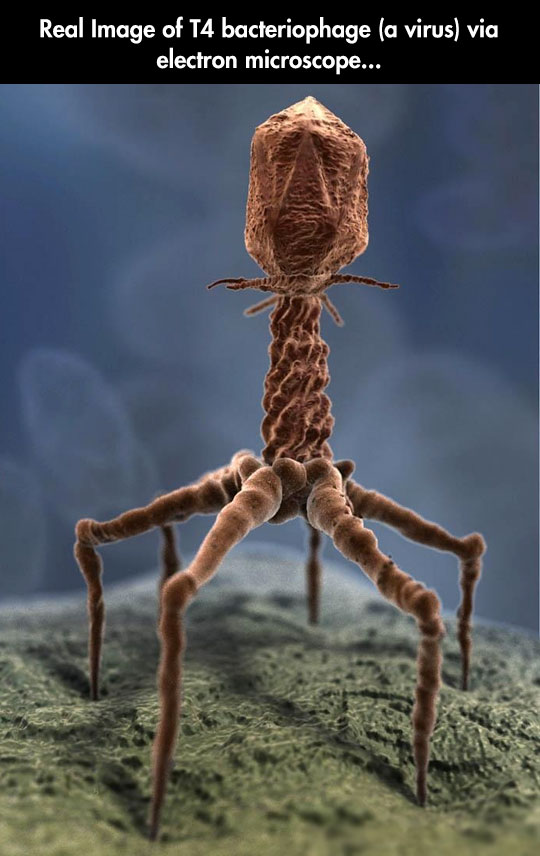Posted on Tue, Mar. 08, 2005
MARINE BIOLOGY
Deep in the gulf, a weird squid lurks
A Central Florida marine scientist is on the cutting edge of undersea discoveries. Her biggest find: a new kind of squid.
BY PHIL LONG
[email protected]
FORT PIERCE - Deep-sea research scientist Edith Widder has been to sushi restaurants many times.
But she's never had a visitor like this one at her table: A never-before-seen, six-foot squid showed up for lunch 2,000 feet below the Gulf of Mexico.
Widder's camera spotted the squid on the first day of a research dive off Louisiana last summer. On the squid's menu were fish heads, fish guts and an epoxy, electronic flashing jellyfish.
''They say I screamed when I saw it on the screen after they brought the camera up to the boat,'' Widder said.
GONE IN A WINK
The squid was in view for seven seconds, said Widder, a world-renowned expert in marine bioluminescence, the light produced by chemicals in marine animals. She captures images of those creatures using a low-light camera system taken to the sea floor by a submarine and left there.
When the camera light comes on, ''the squid looks like it is attacking about where the electronic jellyfish should have been,'' Widder said. ``It jets away with its arms streaming out behind it. It is very unusual in that it doesn't have the long tentacles that a squid normally has.''
Squids usually have eight arms and two long tentacles.
''It has two tentacles, but they are thick and stubby, and that is very odd,'' she said.
No one knows exactly how to classify the squid.
The National Oceanographic and Atmospheric Administration is sending Widder and her ''Eye in the Sea'' back to the Gulf for more pictures, and the National Science Foundation has given her $500,000 to set up a more permanent observatory on the floor of the Pacific Ocean off California.
After examining the video of the creature, Michael Vecchione, NOAA squid and octopus biologist at the National Museum of National History at the Smithsonian Institution in Washington, D.C., said he could not confidently identify it, even at the family level.
VAST UNKNOWN
''We have explored less than 5 percent of our oceans, and there are these phenomenal things out there to be discovered yet,'' Widder told The Herald.
Researchers do know that the ocean can help medicine.
''Green fluorescent protein,'' discovered in jellyfish by another scientist, has had a huge effect on research of cancerous tumors, Widder said. The substance, now created synthetically, allows researchers to see much more clearly the effect of cancer drugs on tumors.
Widder's latest work is based on what she calls ``unobtrusive observation.''
The video camera sits in a seven-foot-tall, 200-pound aluminum tripod-like platform. The camera uses a 12mm or 25mm wide-angle lens. The camera has two strong image intensifiers that make it possible to capture objects in very low light. Because creatures at that depth are not sensitive to red light, that's what she uses to illuminate the scene.
Because of battery life, the observation platform can be down at the ocean floor for only 24 hours at a time.
''Her work on bioluminescence is just strictly cutting edge,'' Vecchione said.
Bioluminescence is Widder's passion.
NATURAL LIGHTING
Thousands of creatures, such as shrimp, squid and jellyfish, have unique flash patterns of bioluminescent light.
''Some use it for finding food,'' Widder said. Some use it for finding mates.
Some animals might have a ''built-in flashlight'' under the eye, or a lure like an angler fish uses to attract prey. Some attract a mate with a particular flashing pattern, like fireflies do, Widder said.
Others use light ''like a burglar alarm, like a scream for help.'' When that happens, predators often drop prey rather than risk becoming prey themselves.
Others produce bioluminescence that matches the color and intensity of the sunlight penetrating through seawater, Widder said.
''It is the perfect cloaking device,'' keeping predators below from seeing the animal, she said. ``It is absolutely amazing to see.''




